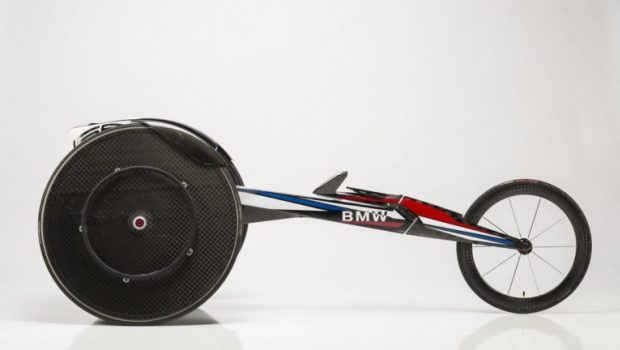The 2016 Summer Olympics have started in Rio de Janeiro. After this event, the city will host the 2016 Paralympics, running from September 7-18. The Paralympics, hosts wheelchair-oriented events such as racing, basketball, tennis,dance, and fencing, are as exciting as the Olympics and sees some impressive uses of advanced technology.
This year, cyclist Denise Schindler will be the first athlete to participate with a 3D printed prosthetic device, and the US Paralympics Track and Field team hits the track in racing wheelchairs which are sleek and aerodynamic as they have been devised using 3D scanning and printing technology. BMW Designworks partnered with the team to design customized racing chairs for every athlete so that each device works like an extension of the body and not as an extra device.
DesignworksUSA, is an Official Mobility Partner of the United States Olympic Committee, the creative consultancy for automotive manufacturer BMW. In 2014 their bobsled design aided the US bobsled team win three medals at the Winter Olympics in Sochi. Though these wheelchairs do not look any different from the chairs used in the preceding years, but the changes are both significant yet subtle at the same time.
Designworks began its 3D printing process by scanning each athlete and then created 3D printed models of the athletes which could simulate variations in aerodynamics. The aim of the project was to reduce drag which they did by almost 15%.
The new wheelchairs are made of carbon fiber instead of aluminum. The carbon fiber gives the vehicle’s body sturdiness to absorb shock and it also to keep the wheels aligned on the tracks. The new wheelchairs greatly aim to improve the performance of the athletes.
Source: 3dprint.com
